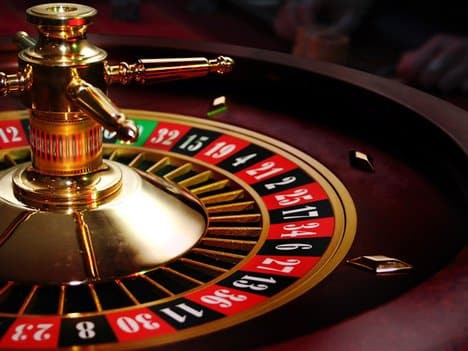Understanding RTP for Slots
As for casino slots games, players often find themselves drawn in by the shimmering lights, engaging themes, and the excitement of the reel spins. But behind the glamour and excitement lies an important concept that all players must grasp: Return to Player percentage, or RTP. This vital metric is essential in deciding the amount of money you can expect to receive back over time, affecting your gameplay and strategy as you play.
RTP is usually expressed as a percent and indicates the mean amount of funds returned to players compared to the overall stakes. For instance, if a slot game has an RTP of ninety-five percent, it means that, on average, players should anticipate receiving $95 for every $100 they stake. Understanding this concept can help players make informed decisions when selecting slots to enjoy, ultimately boosting their enjoyment at the casino.
What exactly the meaning of RTP?
RTP, often called RTP, refers to an important element in the field of casino slots games. It represents the fraction of total wagered amounts which a slot machine is set to return to players over time. For example, if a specific slot has an RTP of 95%, this means that, theoretically, players can expect to reclaim $95 for every 100 dollars placed during extended play. Grasping RTP aids players analyze the possible returns of the various slots available.
RTP isn't a surety of personal wins but rather a average determined throughout many spins. Individual players' experience can vary significantly because of the chance built-in in the games. A better RTP suggests better odds for the player, thus making it a critical factor to take into account when picking which slots to play. Still, despite having high RTP, there can be stretches where players face losses, as chance plays a significant role.
It is also worth noting that various slots have different RTP percentages. Some games might feature a smaller RTP as a result of a significant fun or special features, while others hold a higher percentage to draw in more cautious players. Comprehending RTP allows players to take wise choices about their play strategies and control their funds wisely while enjoying the adrenaline of casino slots games.
How Return to Player is Calculated
A RTP, also known as RTP, is a key measurement in the world pertaining to gambling slots titles. It indicates the proportion from all bet money which a gaming device can be expected to return to gamblers over time. Comprehending how RTP can be derived demands understanding into both the game's architecture and its payout system. The return value is determined via intricate algorithms and data evaluation executed in the course of the slot machine development phase. Slot creators consider various elements, including the likelihood of successful outcomes as well as the size of payouts on every outcome.

In order to calculate this metric, the creators model a vast quantity of rotations of the slot machine. These modeling efforts help identify the average amount that on average, a gambler is likely to earn according to their bets. For example, when a slot game has an RTP of 95%, this means that, theoretically, among every one hundred dollars wagered, gamblers can expect to get ninety-five bucks in return over time. This figure doesn't represent the amount a player will win during a single play and during a couple of plays; rather, it reflects overall return projections.
RTP values tend to be generally released from the casino or game creator. Gamblers must consistently seek out such data while selecting a casino slots, as it has the potential to influence their gaming experience. A greater return value typically means a higher chance to recoup a segment of wagered money, even though specific plays may differ considerably. Grasping RTP enables players to choose wisely while improve their overall enjoyment within the realm of casino slots.
Value of Return to Player in Casino Games
Understanding the RTP or Return to Player is essential for any player involved in slot machines. RTP represents the percentage of wagered money that a slot machine is engineered to pay back to players over the long run. A higher Return to Player shows that players can anticipate receiving a larger portion of their bets back, making it an important factor for those seeking to maximize their gaming experience. Understanding this number aids gamers make smart choices about which games to play, as it can profoundly affect their potential winnings.
Moreover, Return to Player holds a central role in the overall fairness and transparency of casino slots. dagatructiep Players are often attracted to games with higher return rates because they provide a superior chance of winning over the duration of gameplay. Gaming establishments and game developers use Return to Player as a marketing tool to draw in gamers, guaranteeing they maintain a lead in the growing gaming industry. By understanding of RTP, gamers can select slots that match with their risk tolerance and gaming goals.
Finally, the concept of RTP promotes responsible gambling behavior. By understanding that not all slots will provide short-term winnings and that Return to Player is based on long-term play, gamers can regulate their anticipations and playing habits effectively. This knowledge enhances the enjoyment of slot games while fostering a more sustainable gaming environment. Gamers who comprehend the significance of RTP are more prone to have a more satisfying experience and reduce the risks of gambling issues.
